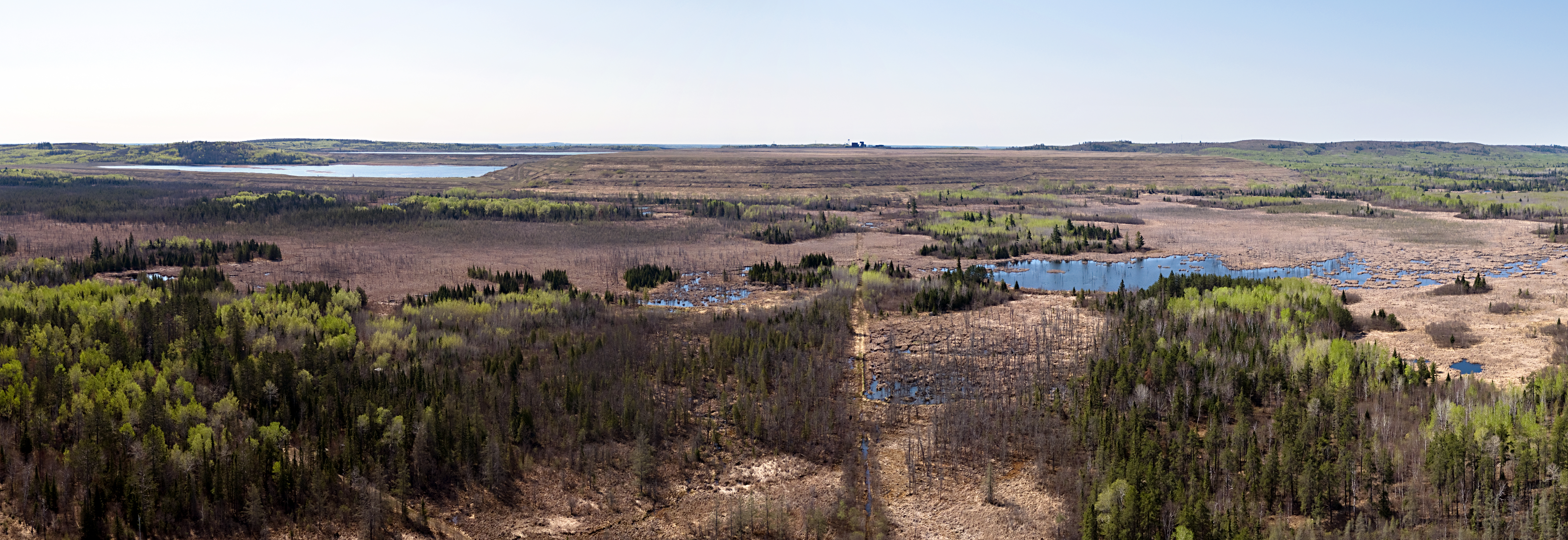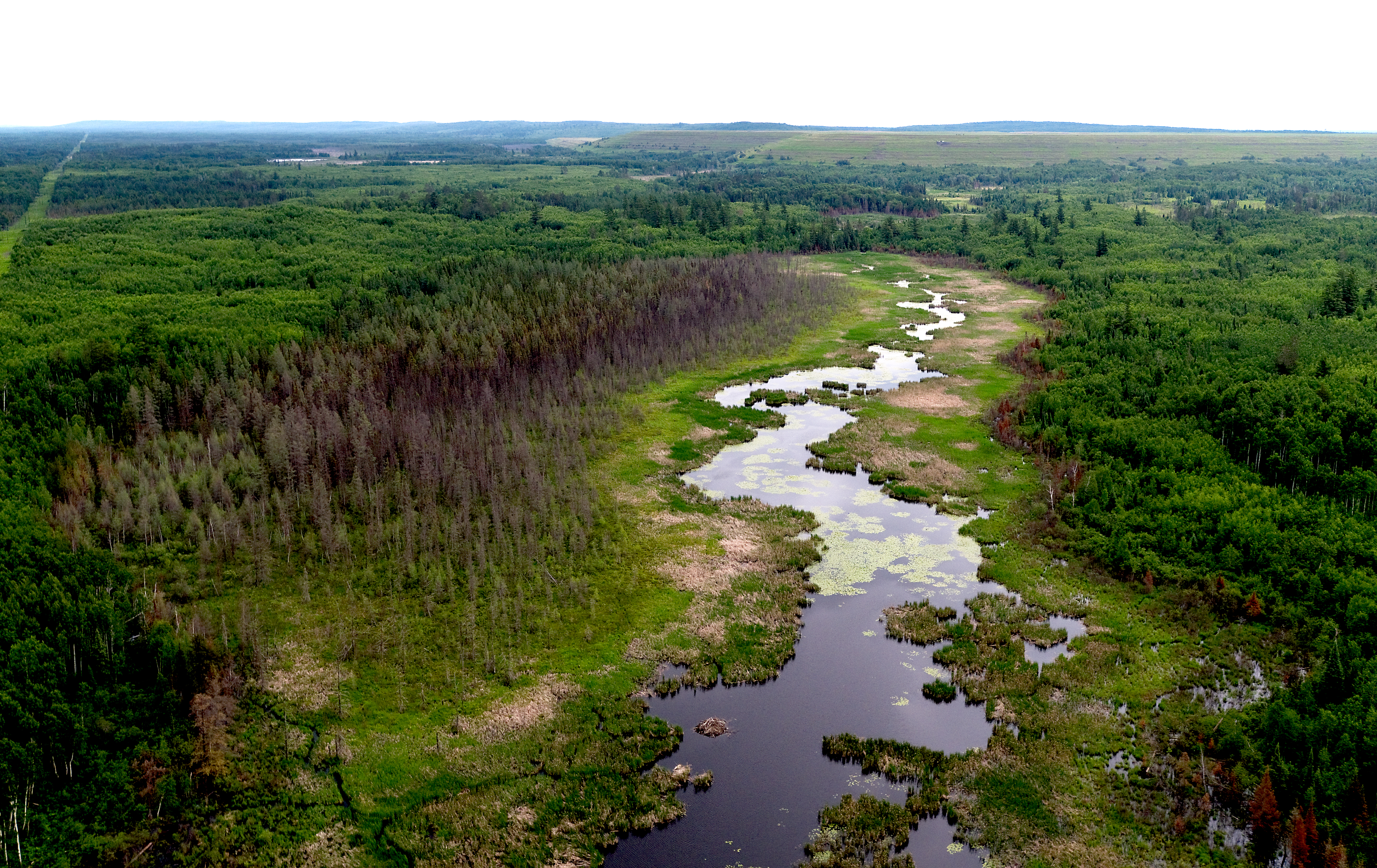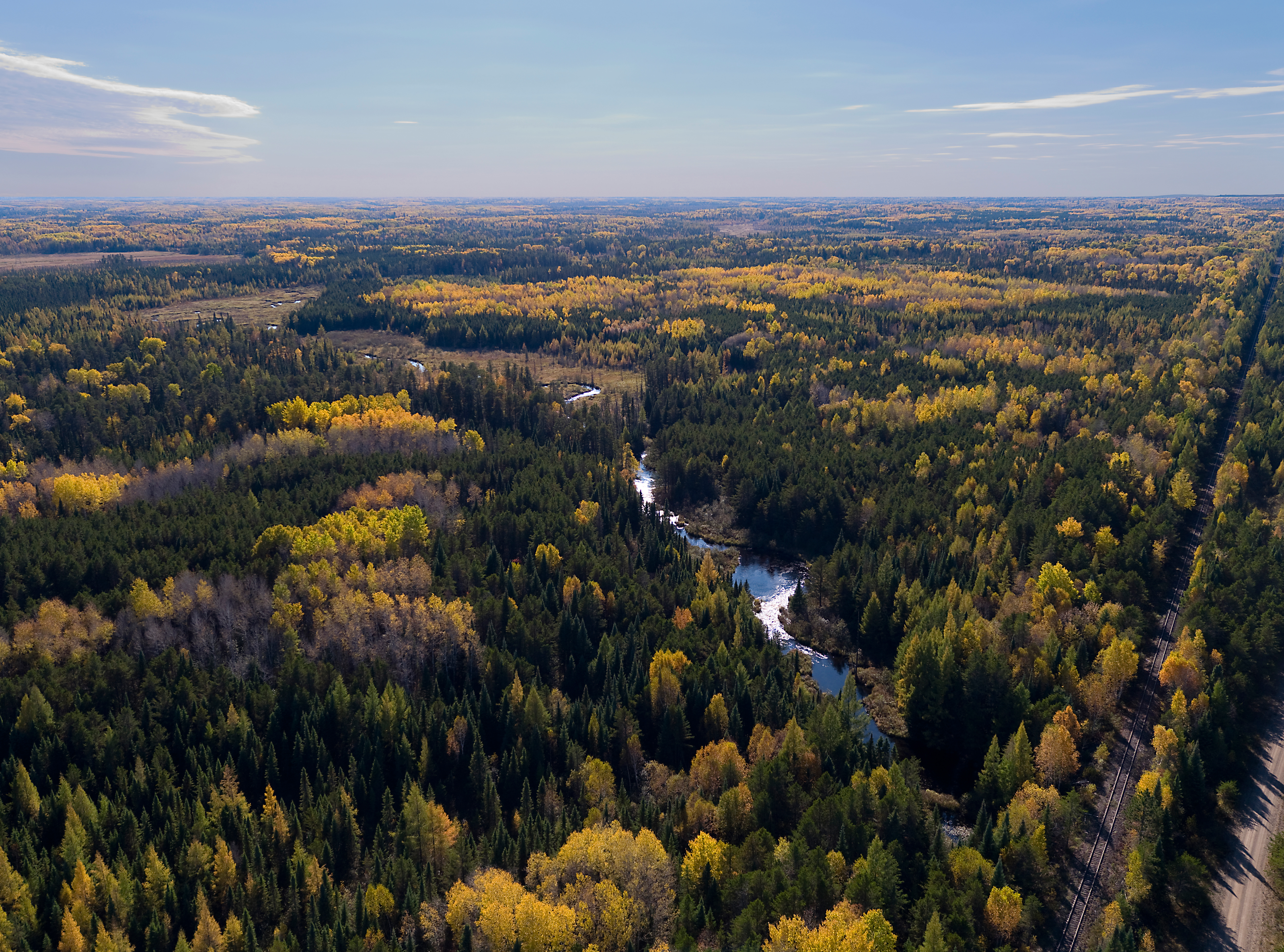Here’s what you need to know about the Minnesota Supreme Court’s PolyMet decision

May 11, 2021, by Sarah Horner, MCEA St. Paul
Supporters of clean water and safe mining were handed a big win recently by the Minnesota Supreme Court, which upheld the Court of Appeals’ decision to overturn PolyMet’s permit to mine for its proposed sulphide mine in northern Minnesota. While there is lots to celebrate about the Court’s decision, the 48-page ruling is complicated. In addition, how the Minnesota Department of Natural Resources (DNR) and Governor Walz respond to the decision will determine how protective that decision is. There is still much work to be done to ensure downstream communities and Minnesotans across the state are protected from this reckless mining proposal.
Here are some of the questions we’ve been hearing about the decision, and our answers.
Q: “Why was this a win for MCEA, our partners and clean water advocates?”
A: The court reached a couple important conclusions in this decision that unquestionably make it harder for PolyMet to build its dangerous mining proposal.
First, the Court struck down the permit to mine because it found DNR’s decision to issue one without a term violated state law.
That’s a big deal. DNR can’t fix this just by slapping an end-date on the permit, either, despite any claims PolyMet or DNR might make to the contrary. That’s because Minnesota law requires the mine to be reclaimed -- reintegrated into the natural environment -- by the end of the permit’s term. Under PolyMet’s current mine proposal, it is literally impossible to accomplish that because--according to PolyMet’s own modeling and as noted by the Minnesota Supreme Court-- “post-closure maintenance is likely necessary for at least 200 years.”
In order to comply with the term component of the Court’s decision, DNR will have to wrestle with that harsh reality and explicitly sign off on a permit that allows hundreds of years of pollution to take place in our state. To date, the state agency has sidestepped that and avoided telling Minnesotans how long pollution will continue on the site by hiding behind the flawed argument that it will simply require PolyMet to treat polluted water “for as long as it takes.”
The Minnesota Supreme Court’s decision clearly takes the “forever permit” option off the table for DNR.
Now the public has a powerful opportunity to make clear to Governor Walz that no mine should be permitted without an enforceable and clear plan for reclamation that doesn’t kick the can down the road for hundreds of years. Governor Walz must direct the DNR to demand better from PolyMet, or reject its proposal.
Second, the Court ordered DNR to conduct a contested case hearing. This is a big win because it forces DNR to defend its permitting decision in front of an administrative law judge. While the Court specifically ordered the hearing to address PolyMet’s experimental plan to line its tailings dam with a bentonite clay-tailings mixture it claims will contain the extensive amount of acid mine drainage the mine would produce, the Court made clear that DNR could--if it wanted to--allow testimony on other concerns with the mining proposal as well.
A hearing limited to the bentonite scheme alone still poses a significant challenge for PolyMet, though, because it goes to the heart of its mining proposal. DNR and PolyMet relied extensively on the bentonite scheme to find that PolyMet’s mine wouldn’t cause high-levels of pollution related to the sulfide minerals in the tailings. But the Supreme Court justices found neither DNR nor PolyMet had backed up the claim that such a tactic would work. The decision states. “MCEA ... contend[s] that there is no evidence in the record that the bentonite amendment proposed by PolyMet has been tested nor is there any evidence that the methods for applying bentonite will be effective at reducing oxygen and water infiltration into the stored tailings. We agree.”
Now, PolyMet and DNR need to prove that the bentonite scheme will work during a hearing in front of an impartial fact-finder. That will be extremely hard to do because there are no studies that support the efficacy of dispersing and using bentonite clay in this way. Further, MCEA and our partners will be able to put experts on the stand who will testify about the insurmountable problems with this bentonite scheme and the many years of water pollution Minnesotans could be forced to reckon with if it’s implemented. In addition, we will be able to put DNR’s own experts on the stand. This is important since some of DNR’s experts have expressed concerns. This includes mining engineer Don Sutton, who characterized the scheme in one memo to the DNR as a “Hail Mary type of concept” that “wouldn’t be allowed in other jurisdictions.”
PolyMet and DNR have told reporters that they aren’t worried about this contested case hearing because they have some studies to support this bentonite plan. But if that was true, why have they avoided putting them in the record over the past 16 years of proceedings on this case when they knew it mattered? Consider us skeptical.

Q - PolyMet is also telling the media that they won this case, did they?
A - Here’s what MCEA’s CEO, Kathryn Hoffman, had to say about that in a webinar we held with supporters after the Supreme Court’s decision was released:
“A win for Polymet realistically would be that they have a permit and they get to move forward with their mine. They don’t have a permit. We don’t know when or if they will have a permit again, and they can’t move forward with their mine. So it seems pretty clear this is not a ... win (for PolyMet) by any means.”
Here is what is also true.
The Minnesota Supreme Court did narrow the set of issues that must be examined during the contested case hearing from what the Court of Appeals’ ordered, meaning the Minnesota Supreme Court did not order DNR to consider some aspects we want scrutinized during the hearing, such as PolyMet’s dangerous upstream dam design. But, while we would have preferred the Minnesota Supreme Court to have mandated a hearing on all of the concerns the Court of Appeals included in its earlier decision, the fact that it did order one on bentonite is an important win because the bentonite scheme is central to PolyMet’s mine plan and DNR’s decision to allow that mine to proceed. Further, the Court’s decision establishes a precedent that we have legal standing to request a contested case hearing on behalf of property owners who live near the mine, and that if the DNR’s decision to deny the hearing lacks substantial evidence, the law requires that one is held.
The ruling also emphasizes that DNR has the authority to open up the contested case hearing to examine a whole host of concerns about the mine, not just the bentonite plan. MCEA is already building the case to Governor Walz and DNR that it's in the state’s best interest to do that. Over 1,300 people downstream of the PolyMet mine, including nearly all of the elected officials representing Duluth, signed a letter requesting a broad contested case hearing in 2017, for example. And a 2016 poll of Duluth residents found that they supported a full hearing before granting a permit by a margin of 70-22 percent.
PolyMet’s optimistic reaction to the decision indicates it’s banking on DNR ignoring what this ruling requires and continuing to avoid grappling with the deep problems with PolyMet’s proposed mine.
And DNR’s initial reaction suggests its leaders will do as PolyMet desires.
While “hear no evil” would undoubtedly bring relief to Glencore, the Swiss multinational mining and commodities firm that owns PolyMet, it would not serve the people who live downstream. The unacceptable reality for Minnesotans is that other troubling aspects of this mining proposal remain, like PolyMet’s upstream dam design, which is banned in four South American countries as too dangerous.
We believe our state leaders can, and must, do better.
Q - OK, but what does that all mean?
A - Put simply, DNR, and more specifically, Governor Walz, have a lot of power to determine what happens next with this proposal. If Walz wants a robust and comprehensive contested case hearing, his DNR and Commissioner Sarah Strommen have the authority to make that happen. That means we need to make sure Governor Walz knows how important it is to get this contested case hearing right. If the first sulfide mine in Minnesota history isn’t vetted with a full trial on the facts, the public won’t trust its safety. Contested case hearings are ordered on far less consequential decisions all of the time. We all win by making sure we do this right.
Another important fact to remember is that the Court’s decision did not resolve whether PolyMet’s permits met legal requirements. As the court noted in a footnote in their written ruling: “Our decision today focuses primarily on the DNR’s decision to deny respondents’ petitions for a contested case hearing on the permit to mine. Because we conclude that the DNR must hold a contested case hearing on the bentonite amendment, we believe a decision on the legal sufficiency of the permits is premature.”
This means we have the right to appeal any new permit to mine on all of the grounds we’ve raised previously, none of which were rejected by the Minnesota Supreme Court or Court of Appeals. These issues include the absence of Glencore on the permit, and why environmentally safer alternatives to the upstream dam design were rejected simply because they cost more, in violation of Minnesota’s bedroom environmental laws.

Q - What happens next on the contested case hearing?
A - DNR needs to decide the scope of the contested case hearing, and MCEA and our allies are already having discussions about how to best make the case to the agency and Governor Walz about what we think should be included.
The next formal step would be DNR issuing what is called a “Notice and Order for Hearing,” which formally starts the process leading up to the contested case hearing. This process will likely last several months once it begins, including the pre-trial work, hearing, and decision by the administrative law judge.
We don’t yet know when DNR will begin this process.
Q: What happens next on term-limit issue?
A -DNR must publish a proposed permit that includes a term limit and open it up for public comment. If that happens, we could ask for a contested case hearing if the new date lacks substantial evidence to support it.
MCEA has stood up for public input and transparency throughout the PolyMet environmental review and permitting process. We would object to any effort by DNR to avoid public comment and review of its determination of a new permit term.
Q - What can supporters do to help ensure Governor Walz and his administration do the right thing during this next critical stage of the process?
A - Contact Governor Walz online or via phone at (651) 201-3400 and let him know that you want a full and robust contested case hearing on the proposal that will examine not only the bentonite scheme, but also the dangerous upstream dam design included in PolyMet’s plan, as well as the absence of PolyMet’s parent company, Glencore, on the permit.
Otherwise, stay tuned for updates from MCEA on how else to get involved as we continue to have internal discussions about our best next steps. You can sign up for our emails here and you can follow MCEA on Facebook and Twitter for up-to-the-minute updates.